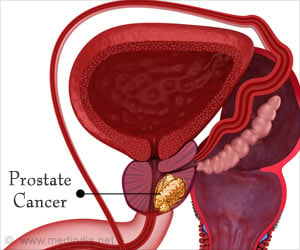A new nanoparticle treatment targets overactive neutrophils to prevent all types of blood clots without increasing bleeding risk.

‘According to the Centers for Disease Control and Prevention (CDC), roughly 900,000 people in the U.S. suffer from life-threatening blood clots each year.’





Historically, arterial and venous thrombosis have been thought of as distinct molecular events that require separate treatment paradigms. Arterial thrombosis (an artery clot), which can cause heart attack or stroke, is commonly treated with antiplatelet agents like aspirin, while anticoagulants are used to treat venous thrombosis (a vein clot), a cause of pain or swelling in the legs or clots in the lungs.
Nanomedicine for Blood-Clot Removal
More recently, however, experts have begun to suspect commonalities between the two events that could be leveraged as novel therapeutic targets.In the new study, Nayak and colleagues use animal models to show that overactive neutrophils participate in both arterial and venous thrombosis through an increased capacity to migrate and adhere to sites of injury. They also show that overactive neutrophils increase the production of key factors used as building blocks for clots.
In seeking to halt the process, the researchers identified a cluster of receptors unique to activated neutrophils and developed antibody-coated nanoparticles that specifically target those clusters.
“Because neutrophils have an important role in innate immune function, if we target all neutrophils, we will increase our risk for infections. But here, we are beginning to say that we can identify activated neutrophils and only prevent them from participating in the clot,” said Nayak.
Other therapeutic mechanisms for targeting activated neutrophils may hinge on Krüppel-like factor 2 (KLF2), a transcription factor that the researchers identified as central to neutrophil activation.
Advertisement
Nayak emphasizes that while this research is likely to impact the field of thrombosis at large, these findings may be especially impactful for patients with pancreatic cancer or other cancers for which blood clots are a common complication. Blood clots are a leading cause of death in people with cancer after the cancer itself, according to the CDC.
Advertisement
Source-Eurekalert














